Beer isn’t for everyone, but it is ubiquitous. If you call yourself a drinker, these four fundamental facts should live in the back of your head. You may be surprised by the basics, and by how rad-tastic they’ll make you sound at that party.
1) How many kinds of beer are there?
Infinity? 678? Nope. Just two.
At the most fundamental level, there are only two types of beer: ales and lagers. That’s it. If it’s not a lager, it’s an ale. If it’s not an ale, it’s a lager.
Granted, there are enough styles to make your head spin (from Märzens to Gueuzes to Pilsners to Saisons to IPA’s) but they all fall under one of those two categories… otherwise, it ain’t beer.
2) What does “IPA” stand for?
India Pale Ale. This extra hoppy style of beer was created by way of an historical accident. During Great Britain’s occupation of India, many an ale was shipped from the motherland down to all the British sailors, soldiers, merchants and governors who grew thirsty doing the work of the empire.
Sadly, many of these ales spoiled during the long sea voyage. The solution was to add more hops, which contain oils and resins that function as pretty decent preservatives. More hops meant the beer could make the trip, but not without a little extra bitterness.
3) What’s the difference between an ale and a lager?
Yeast, baby.
Ale yeasts are “top fermenting” yeasts, which means they settle on top of the beer-to-be and work their way down. An ale can ferment in as little as 5 or 6 days. Ale yeasts thrive at room temperature and (compared to lager yeasts) are super low maintenance.
Lager yeasts are “bottom fermenting” which means they sink to the bottom of your beer-to-be before beginning to turn all those sugars into booze and bubbles. Lagers must be stored at cold temperatures during fermentation. It takes a minimum of a month until they’re ready to come out of the tank. C’mon now..
4) What is malt?
Malt is more or less a fancy word referring to grain, or the “cereal” that forms the base of your beer. Brewers take these grains (barley, wheat, rye, spelt) and soak them in warm water, or malt them.
This gets the grains excited (activates their enzymes) and causes them to produce plenty of sugars. These grains and their sugars flavor and color your beer, plus they provide the food that yeast needs for fermentation to occur. The majority of beers are made with barley, next comes wheat and last (but certainly not least) comes rye.
Thirsty yet? Go out and do some research, you’ve earned it.

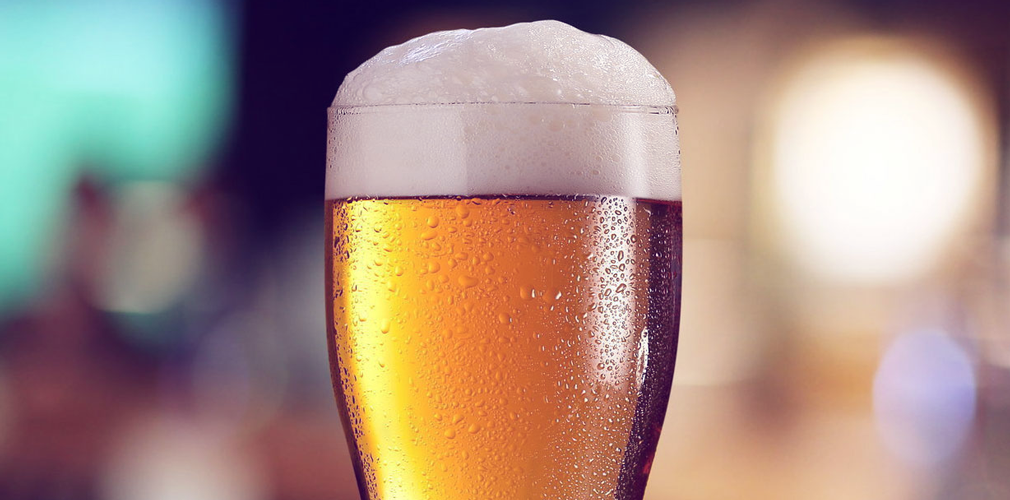


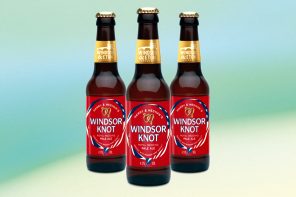
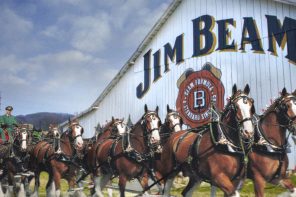
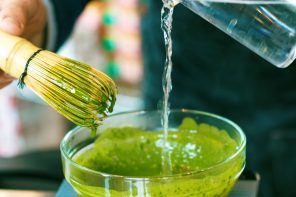
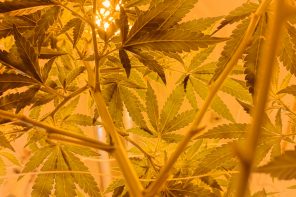

1 Comment